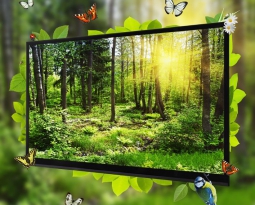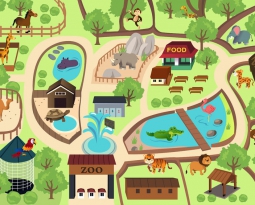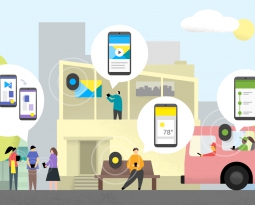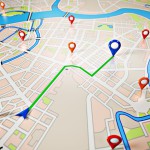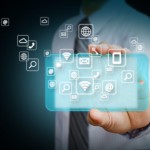Retail use of beacons can overshadow the creative ways they are powering other industries. Beacons are actually poised to infiltrate almost every business, and their uses are only limited by the creativity of app developers and customer experience directors. Here are some of the more unique ways beacons are finding a home outside store aisles:
Refined Pallet
One amazing capability beacons can offer behind the scenes is an upgraded way to track and manage warehouse inventory. Right now, actions like package tracking are done with manual scans. Warehouse management is usually done through manual input systems and can often be driven by sheer memory.
With beacons, tracking a shipment load or an individual parcel can become automated and more accurate than ever. The package can “check in” to the specific container it is being held, and larger units like airport cargo containers can give minute by minute updates on location, helping keep bags where they belong. This same idea can be applied to hospital beds, construction equipment and even individual employees or visitors to monitor progress in real time and provide accurate data on movement patterns.
Keep Customers from Falling Through the Cracks
Services like airlines and hospitality are seeking new ways to ensure that blue chip clients are getting the treatment they deserve. In the past, circumstances out of the brand’s control could mar these clients’ experience, such as someone missing their flight after getting stuck in airport security.
With beacons, airlines can automatically detect when an important client is jammed in the security queue and in danger of missing their flight. Automatic alerts can be sent to employees that can allow them to fast track the customer and get them on their plane before it takes off. Similarly, alerts can be sent to fetch customers who are at the wrong gate or who have a small window to make it to their connecting flight.
Go on Tour
Beacons have great promise for helping people get where they need to be. Turn-by-turn instructions can be more precise and location tracking more accurate as people walk past “bread crumb” beacons.
Using beacons to give directions is being tested by conference centers, hospitals, museums and sports stadiums. Museums like the American Museum of Natural History in New York City are also using beacons to give self-guided tours that give information about a particular exhibit or artifact as patrons approach.
All Downhill from Here?
Ski resorts are using beacons to help track use of ski lifts, letting skiers know when the lines are going to be extra-long or when there is no wait at all. Skiers can also get instant updates on slope conditions so they can be prepared for icy slicks or excited to hit that perfect powder.
Sports stadiums like Levi’s Stadium in San Francisco are adding beacons to give a similar spying eye on bathroom queues. Sports fans do not have to even get up from their seat to know if heading to the bathroom will be worth the wait. Beacons also let servers find the seats fans are located, so fans can order food to be brought directly to them and never miss a play.
These are just some of the forward-thinking ways beacons are being worked into facets of multiple industries. As beacon technology becomes more commonplace, expect even more clever and versatile uses for their proximity fencing capabilities.
Keep in mind that a beacon is only as usable as the software that powers it. Digital Social Retail has a customer engagement software platform that makes setting up rules and functions for beacons simple and intuitive. Visit our product page to learn more about how platforms like ours are powering the future of beacon capabilities.



